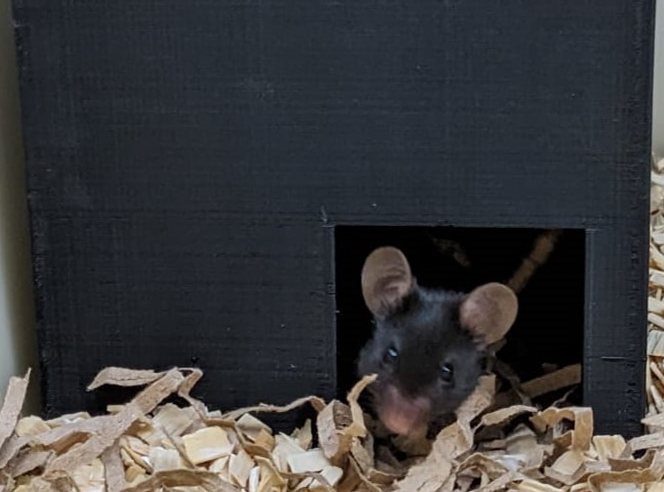Abstract
Life on Earth has evolved under a predictably changing cycle of light and darkness. As a result, virtually all organisms possess a circadian clock, enabling them to anticipate rhythmic changes in the environment. The primary circadian pacemaker is located in the hypothalamic suprachiasmatic nuclei (SCN) and regulates clocks found in cells and tissues throughout the body. This SCN clock is entrained (synchronised) to the external light/dark cycle via light detected by the retina. Work on circadian entrainment has led to the identification of a new photoreceptor system in the eye, comprised of a subset of photosensitive retinal ganglion cells expressing the blue-light sensitive protein melanopsin. As well as regulating circadian rhythms, light also exerts acute effects on physiology and behaviour, including hormone production, sleep/arousal, mood, learning/memory and even pain. In this talk I will describe the regulation of circadian rhythms and sleep, with a particular focus on the role of light and how this can be measured to account for visual and non-visual photoreceptors in mice. I will then go on to describe how mouse behaviour modifies light exposure, and the role of circadian rhythms and spectral changes in the natural light environment in these responses.

Biography:
Stuart Peirson is Professor of Circadian Neuroscience and Deputy Director of the Sleep and Circadian Neuroscience Institute (SCNi) at the University of Oxford. After a degree in Neuroscience at Sheffield University, he studied for a PhD at UCL, then worked as a postdoc and lecturer at Imperial College, before moving to Oxford in 2006. The Peirson Lab is primarily interested in how light regulates physiology and behaviour. As well as vision, the retina contains photoreceptors that regulate many different processes, such as circadian rhythms, sleep and cognitive function. The central aim of his work is to understand how light information is transmitted from photoreceptor to brain to drive these responses. The group has a particular interest in how our modern artificial light environment affects health, and in the mechanisms underlying the disruption of sleep and circadian rhythms in mental health disorders. Prof Peirson was part of the team that first characterised these circadian photoreceptors in humans, as well as leading research on the molecular mechanisms of jetlag and circadian disruption in mouse disease models. He was also a key contributor to lighting guidelines for circadian responses that have now been adopted by the International Lighting Committee (CIE) and are widely used in building design. In addition to serving on multiple animal ethics committees, he chairs the University of Oxford’s 3Rs sub-committee and has developed many novel non-invasive methods for studying mouse physiology and behaviour.